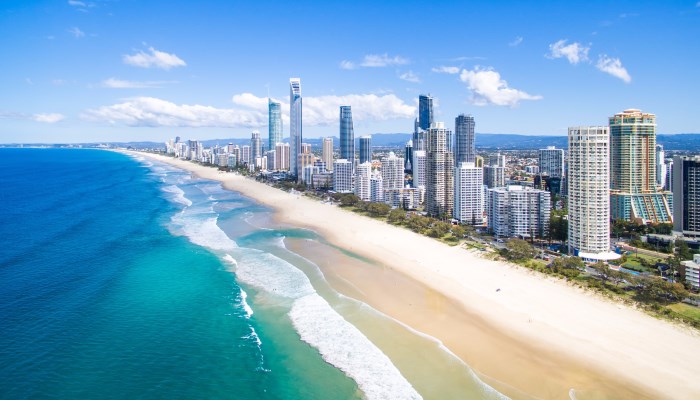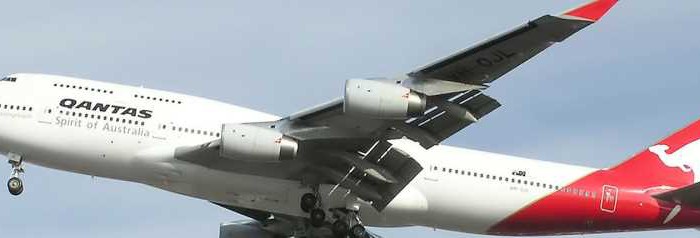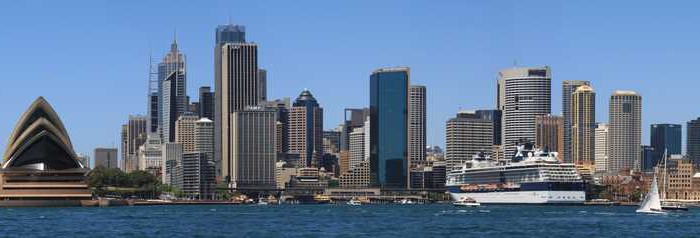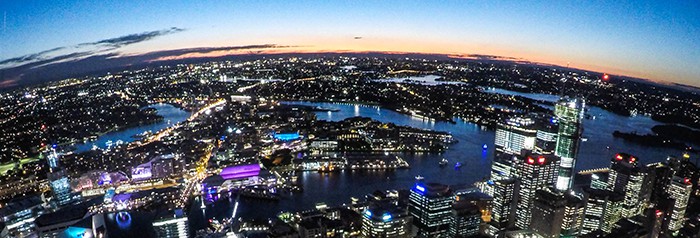In preparation for one of the world’s largest sporting events, the Australian Department of Immigration and Border Protection (DIBP) has commenced providing details of Australian visas for the 2018 Gold Coast Commonwealth Games. Special visa arrangements for international athletes, coaches and related parties who will be involved in the Commonwealth Games will be implemented. The Commonwealth Games will take place in the Gold Coast, Queensland, Australia, from 4 – 15 April 2018.
Australian Commonwealth Games Visa
The Australian Government foresees that the Temporary Activity (subclass 408) visa will be available to the “Commonwealth Games Family” to travel to Australia for the Commonwealth Games.
The Commonwealth Games Federation (CGF) has described the “Commonwealth Games Family” as all persons who are entitled to accreditation at the Games under the provisions of the CGF, which includes:
- The CGF executive;
- The organising committees;
- Athletes,
- CGF associations, including International Federations; and
- Commonwealth Game sponsors.
Visa Application Charge
In honour of the Commonwealth Games being held in Australia for 2018, the Australian Government has set the visa application fee at $0 for visa applicants registered for accreditation by the Gold Coast 2018 Commonwealth Games Corporation.
For more information on travelling to Australia for the Gold Coast Commonwealth Games, please do not hesitate to contact us at info@hartmanlawyers.com.au.
Disclaimer:
The information on this website is intended only to provide a summary and general overview on relevant matters. It is not intended to be comprehensive nor does it constitute legal advice. You are advised to seek legal or other professional advice before acting or relying on any of the content contained in this website.










